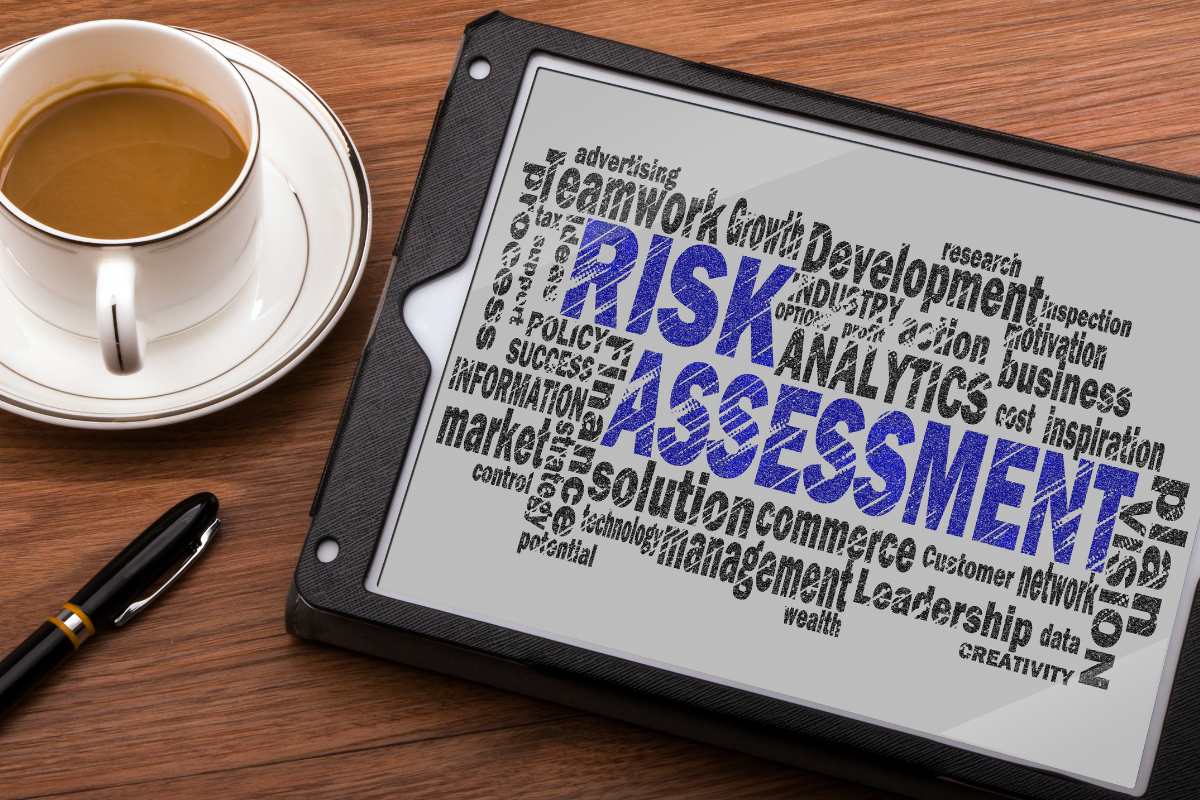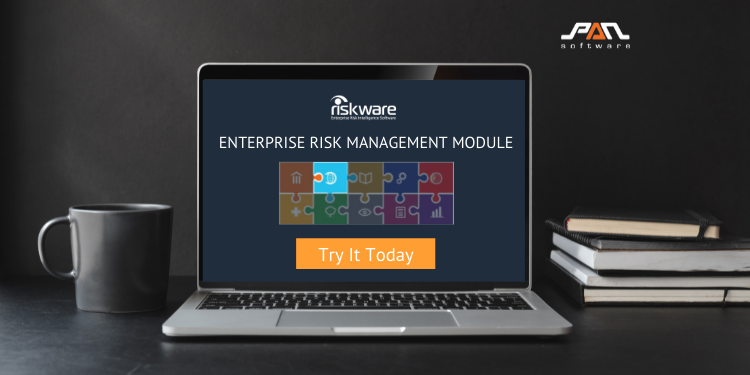These days, undertaking a risk assessment is essential for every organisation. In a nutshell, risk assessment requires you to think about potential events that could affect your business, the consequences that could follow, and identify measures that will help you avoid or minimise any adverse impacts. While this seems simple enough, without the right knowledge and systems in place, your risk assessment may not be effective – which means your business is vulnerable.
So, to help you avoid this scenario, in this article we are sharing the 3 common mistakes we see organisations make when planning and implementing risk assessment strategies – and our top tips to help you avoid them.
Mistake #1: Doing it for the wrong reasons
If you’re completing a risk assessment purely for compliance, then there’s a fair chance it will come up short. To create an effective risk assessment, it needs to be genuine and have the right intention behind it. The truth is, a risk assessment is really helpful, even if the risk doesn’t eventuate, as it allows you to identify weak spots in your systems and processes. You can then improve your operations so that things run more efficiently. Bottom line, don’t look at risk assessments as an obligation – it is an essential part of running a healthy business.Mistake #2: Missing the mark
Once you’ve set your intention to do it right, the next step is to get a big picture view of the potential risks. Unfortunately, it’s common for a small team or even an individual to complete the risk assessment with zero consultation and a limited understanding of what is actually happening on the within the business. This approach is flawed, because you’ll miss out on a large and valuable chunk of data and feedback that is needed to create an effective risk assessment. It can also mean too many assumptions are made in the risk assessment process without any accurate validated. Consulting employees across all areas of the organisation who actually interact with the potential risk is a smart approach, and the only way to understand and prioritise the true risks.Mistake #3: Failure to review and refine
It’s important to understand that even if your risk assessment is top-notch and covers all bases, it’s not a case of set and forget. It should be treated as a living document that evolves with the changing needs and challenges of the business. Internally, your processes and personnel will naturally shift, and externally, there is constant change too, with new threats and emerging challenges always on the horizon. For this reason, a yearly (at minimum) review and ongoing revision is key to ensuring its effectiveness. It's recommended that individuals or a team within your organisation is responsible for maintaining and enforcing a schedule for regular evaluations, so reviews aren't skipped.Approach it right and you will avoid the mistakes
After a tumultuous year across the globe, completing a risk assessment for your business is more important than ever. And while the above mistakes are unfortunately quite common, with a shift in your approach, mindset and systems, they can be avoided.To learn more about how RiskWare is making the world a little less risky, visit us at RiskWare.com.au.












Leave a comment